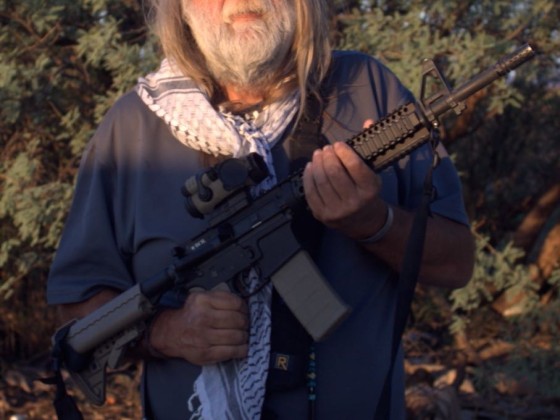You don’t sweat in the desert. That’s a strange thought when you’re in the Sonoran Desert, 50 yards from illegal immigrants being smuggled across the American border, guided by men ready to kill you if you sneeze. It was the first time I had been handed an AR15 to protect myself in case the firing started. It wouldn’t be the last.
I had become rooted with militia just outside Sasabe, Arizona. I had already been embedded with militia in other places including some of the infamous ones in Idaho, Montana, Oklahoma, and Texas. I would look into a few more. Later. If I made it out of the desert.
